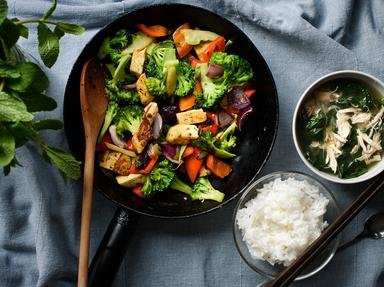
Where in the World Does This Food Come From? 2 Quiz
This is a sequel to a previous quiz. There's five different countries and fifteen different dishes, three from each country. This time, I've picked a soup/starter/side, a main and a pudding.
A classification quiz
by Kankurette.
Estimated time: 3 mins.